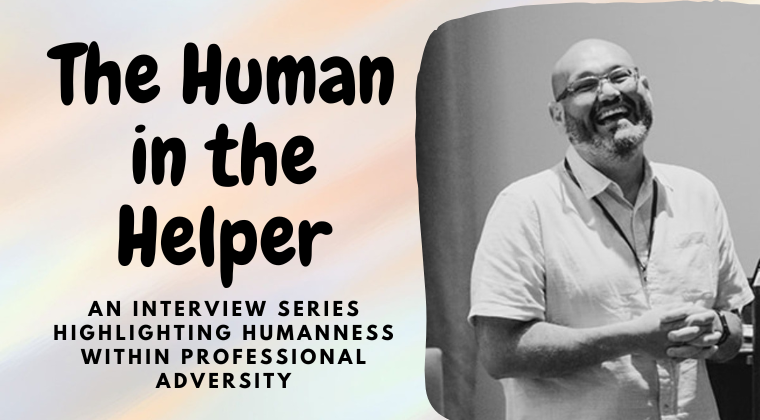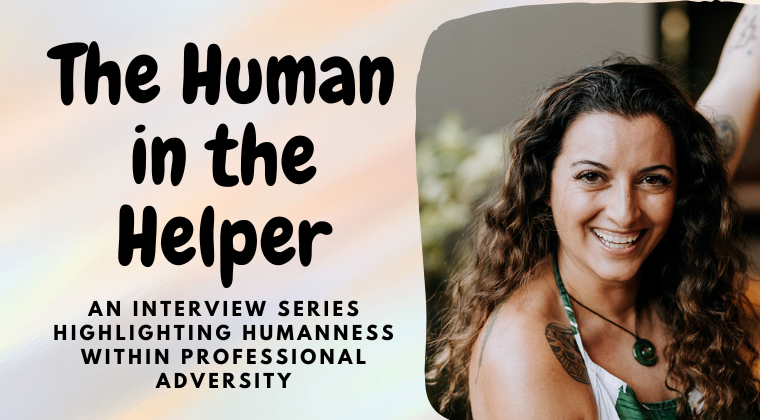Sharon loves using humor in her therapeutic work, which serves her well considering she works with a variety of clients including children to older adults. It’s also helped her navigate almost four years of medical challenges. “I had three medical issues in a row!” Sharon shared. She reflected on needing serious medical care that felt disruptive to her work-life balance for several years. “It was hard. Sometimes it was great to be with clients because I needed to think of things other than the pain.”
Even as Sharon was attempting to navigate her pain, most of her clients didn’t know she was going through so much. “Clients would be shocked to know what I went through. They had no idea. I had to think about if it would hurt or help clients to know,” she said. This was possible due to her offering telehealth sessions where clients couldn’t see the medical changes or recovery equipment in her life at that time. Sharon went on to describe how she didn’t want to reinforce attachment traumas for certain clients or cause them to worry about her, resulting in clients attempting to caregive her rather than focusing on their own stuff in therapy. “We have to be curious about if honesty is helpful, or if it just makes it about us, “ Sharon warns. It helps us reflect on the purpose of self-disclosure when things are happening in our personal lives, exploring the impact on our client work from multiple viewpoints.
Sharon isn’t saying that clients come first, however. When it comes to medical care and health and wellness needs, she recommends therapists treat themselves likes CEOs. “Be the CEO of your business where your needs come first, then your client care.” She named how making her health a priority actually helped her get better, and allowed her to serve her clients better when feeling well again.
An important part of Sharon’s recovery in needing medical care was her own support system. She reflects on how embracing vulnerability and sharing her struggles with colleagues helped her reduce her caseload with thoughtful referrals when she was feeling tapped out. She named gratitude for a spouse who encouraged her to do what needed to be done in order to get better. “There’s a strength in saying there’s no way I can get through this on my own.”
Sharon is celebrating that she’s in a better spot with her health today, and recognizes that the lived experience of multiple medical concerns has made her a better clinician in some ways. “Having to sit in the question of ‘is this it?’ myself allows me to sit in this heaviness with clients.” Whether it’s aging, end of life, or the loss of a loved one, she feels prepared to slow down with clients and feel the big emotions that come with mortality and loss. She continues to hold passion for her client work and gratitude for her experiences, and names a willingness to keep her health a first priority amidst her calling as a clinician. “As long as I can take a break from any surgeries or medical crises in 2024,” Sharon grinned.
Things happen to us as humans, even as we support our clients as professional helpers. Do you have a story you want to share the mental health community? Email us at croswaitecounselingpllc@gmail.com to learn more about the Human in the Helper Series!











